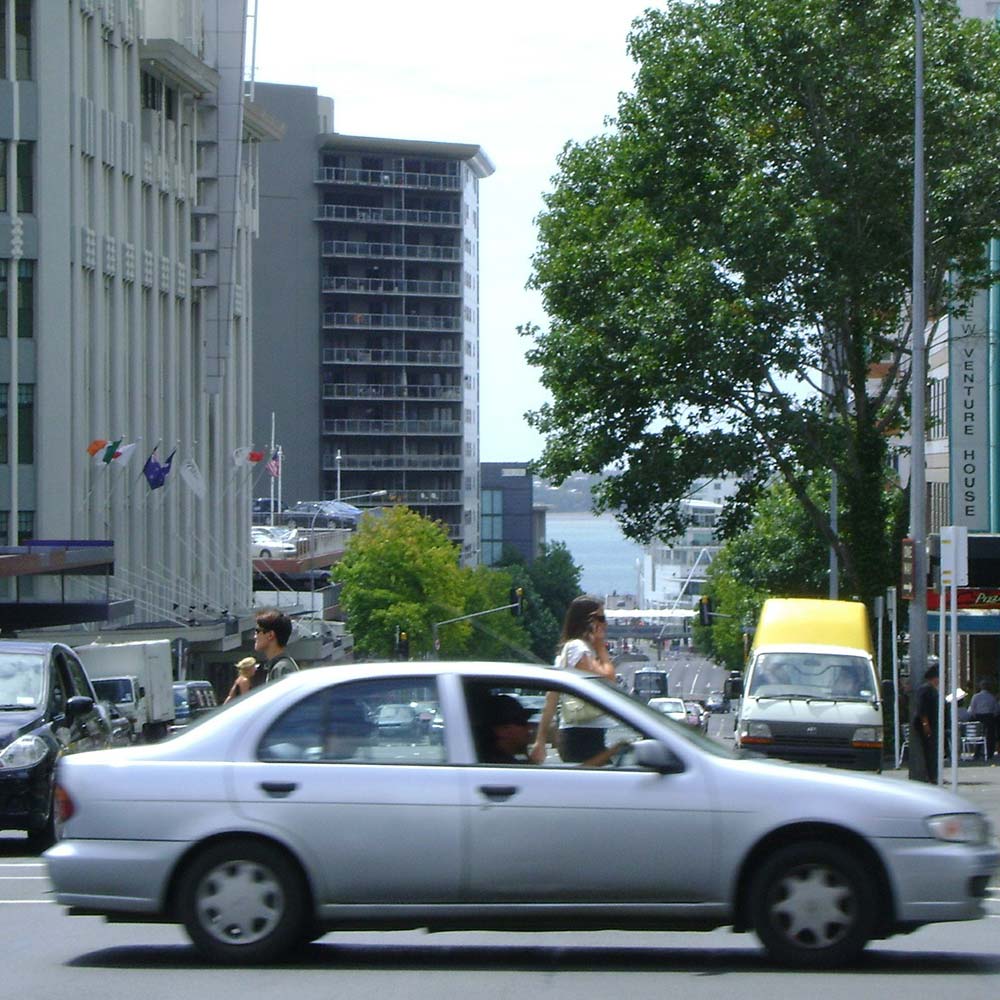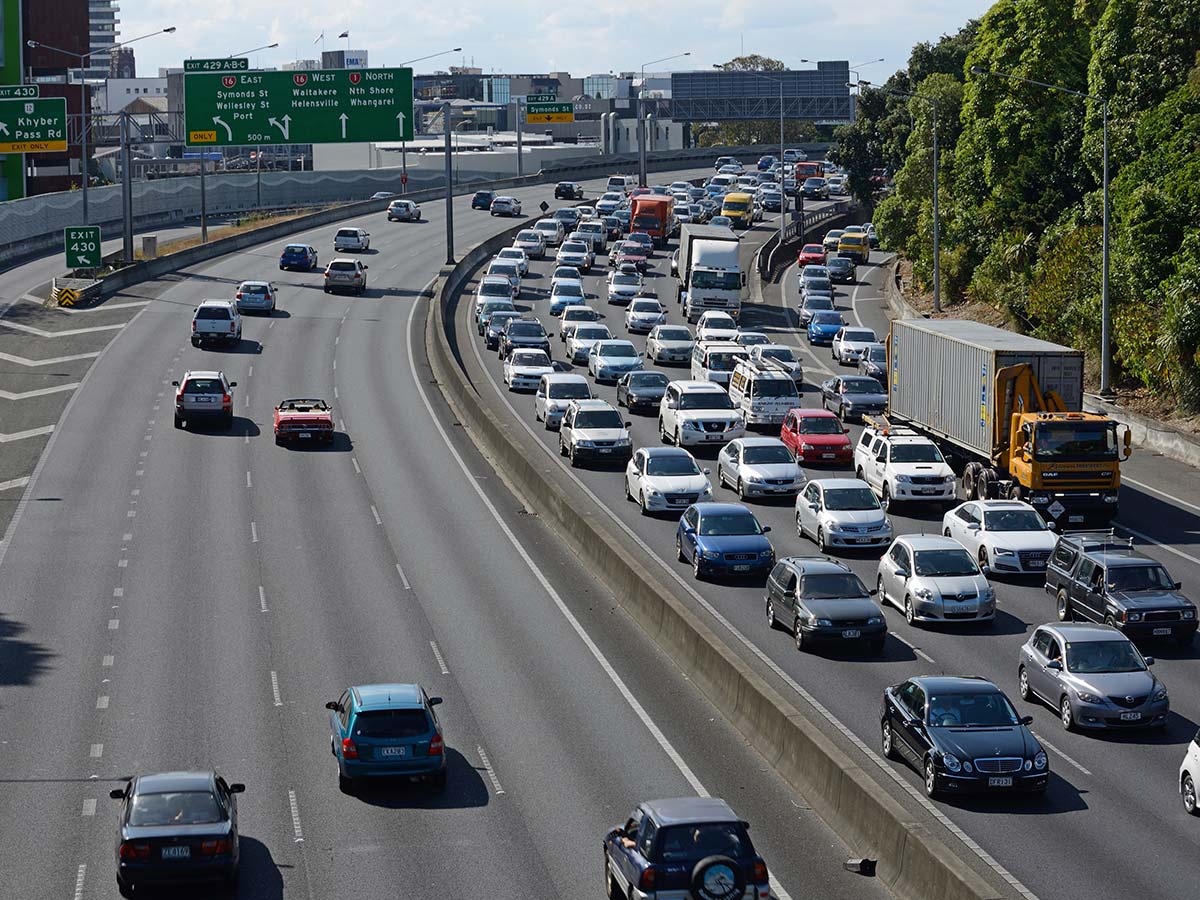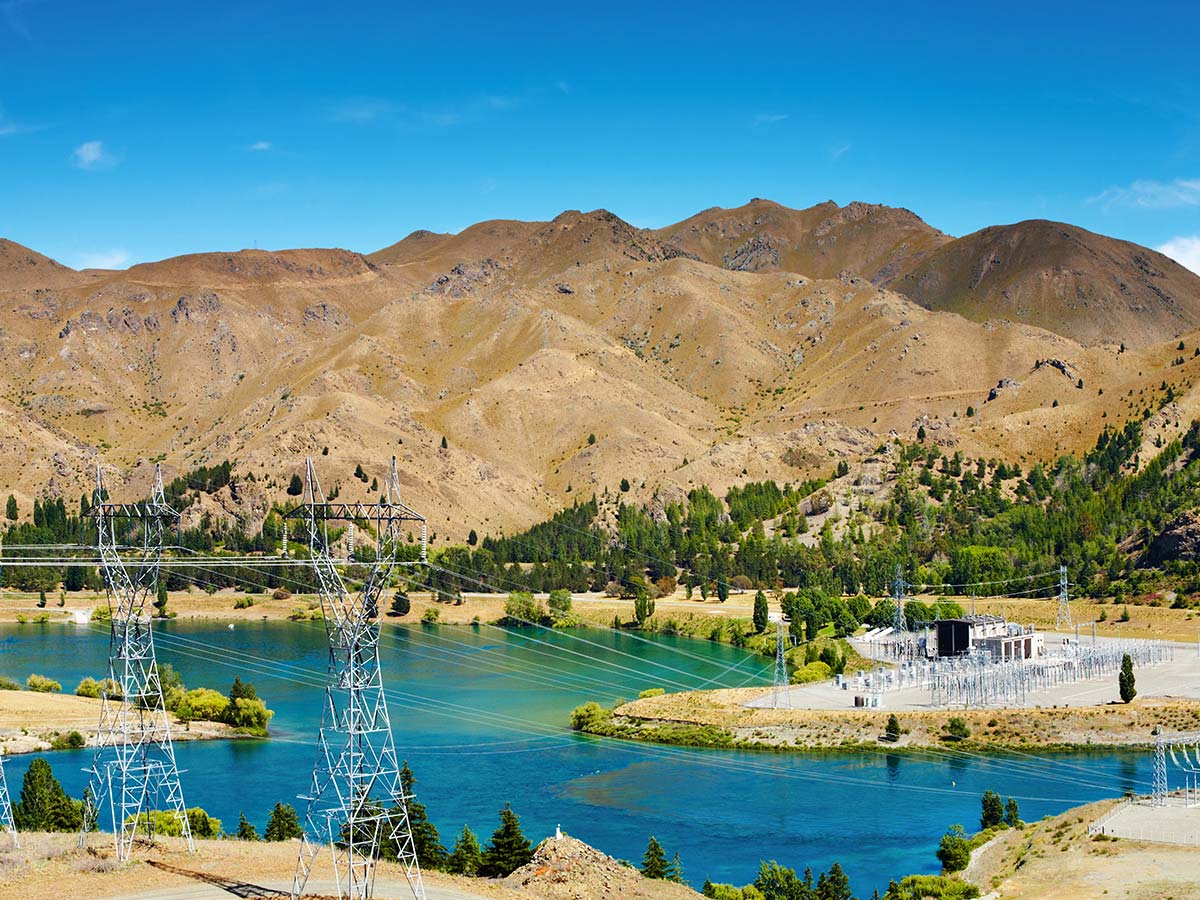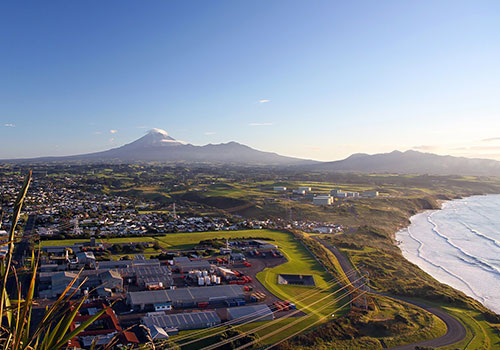New Zealand’s emissions
Like many other nations, New Zealand has pledged significant emission reduction targets as part of the global response to climate change. But what exactly is our emissions profile, where do those emissions come from and where can the biggest reductions be made?
New Zealand’s Emissions Profile
1

2018 Gross kt CO2e
78,900
kilotonnes CO2 equivalent3

1990 Gross kt CO2
65,828
kilotonnes CO2 equivalent3
Since 1990, gross emissions have increased by 24%.
New Zealand’s total emissions are low compared with our major trading partners and are approximately 0.15 per cent of total world emissions. However, New Zealand intensity by population is high. In 2011, New Zealand’s emissions per person were the fifth highest among 40 Annex 1 countries, at 16.6 tonnes of CO2-e per person.
Cars and cows
2
New Zealand's emissions sources
There are two main sectors generating greenhouse gas emissions in New Zealand - agriculture and the energy (transport) sector.

Emissions in agriculture
Agricultural emissions make up just over 48% of our total emissions.
Bringing this figure down is a real challenge.
The government is investing millions of dollars in research to discover ways to limit the release of greenhouse gases from two main sources in the agricultural sector:
- Agricultural soils (nitrous oxide)
- Livestock (methane)
Internationally, achieving significant reductions in emissions from agriculture is proving difficult, given the fundamentally organic nature of milk production.

Emissions in the energy sector - transport
Emissions from the energy sector make up 41% of our total emissions.
Within the energy sector, emissions from transport make up 43.5% of total emissions in the energy sector (17.6% of New Zealand's total emissions). In fact, transport emissions are greater than electricity, manufacturing and fugitive emissions combined.
By fuel type, liquid fuels are responsible for the majority of emissions. Over three quarters of liquid fuel emissions come from the transport sector.

A note on electricity within the energy sector.
Around 80% of New Zealand’s electricity is generated by renewable resources (primarily hydro, geothermal and wind). Since 2012, CO2 emissions from electricity generation have dropped by 19%. As such, reducing emissions in the energy sector depends in larger part in targeting emissions from the liquid fuel (road transport) portion of our energy sector.

New Zealand's emissions challenge
3
New Zealand has fewer low-cost options to reduce emissions compared with most other developed countries, with around 80% of electricity already generated from renewable energy, a growing and dispersed population, and around half of our emissions coming from agriculture.
New Zealand’s emissions profile is unusual among developed countries. For many of those countries, the agricultural sector constitutes only a small proportion of emissions, on average around 12%. Furthermore, CO2 makes up about 80% of most developed countries’ emissions. Due to the high level of agricultural production in New Zealand, most of it for export, our emissions profile is quite different.
In New Zealand, methane and nitrous oxide (largely from agriculture) comprise around half of total emissions, while the other half of total emissions consists of carbon dioxide.
In the absence of technological options to reduce agricultural emissions significantly, New Zealand works to improve the efficiency of agriculture production. This results in a decreasing intensity of emissions from the agriculture sector.
When considering atmospheric concentrations of greenhouse gases, reducing agriculture emissions from methane and nitrous oxide is important but CO2 presents a greater challenge in the long term because it persists in the atmosphere for thousands of years. Methane and nitrous oxide have a strong warming effect in the short term, but do not persist in the atmosphere.






